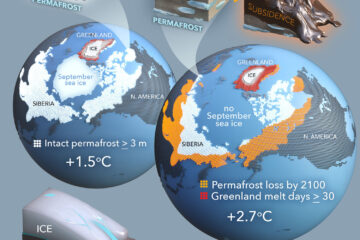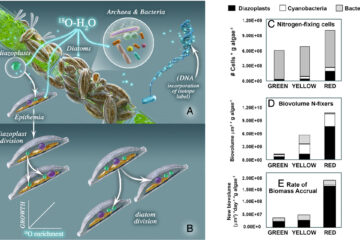Responses of litter decomposition and nutrient release to N addition: A meta-analysis of terrestrial ecosystems
As atmospheric nitrogen (N) concentrations increase, it can wreak havoc on the entire planet, as well as the fragile ecosystems, once it exceeds the demand of ecosystems. Chronically elevated N deposition affects litter decomposition, which is a crucial process that controls nutrient cycling, soil fertility, and primary productivity. Nevertheless, the responses of litter decomposition and nutrient release to N addition remain elusive. Here we conduct a meta-analysis using 3434 paired observations from 55 publications to evaluate these responses. We found that although litter decomposition rate did not change significantly under N addition when averaged across all studies, it decreased with N application rate and experimental duration, showing that it was stimulated at low levels but suppressed at high levels of N application and duration. Phosphorus released more slowly under N enrichment, and this response became greater with longer duration. Moreover, the decomposition of lignin was depressed under N addition, and this effect was more pronounced with the increase of N application rate and experimental duration. Importantly, in terms of different ecosystems, the decomposition of litter was significantly inhibited by N addition in plantations, but was promoted in secondary forests, and there were no significant changes in primary forests, grasslands and wetlands. The responses of litter mass loss, along with the release of nutrients to N fertilization, changed with mean annual temperature and mean annual precipitation of the study sites. Our results provided a synthetic understanding of the effects of N addition on the decomposition of litter and nutrient release under climate change scenarios.


